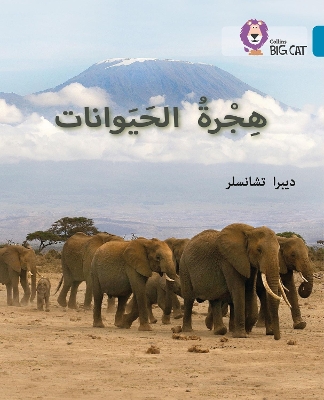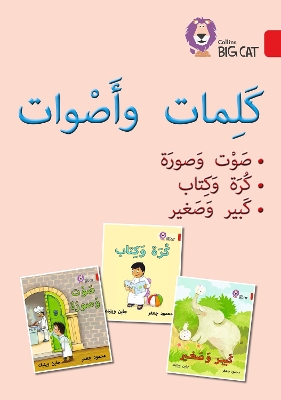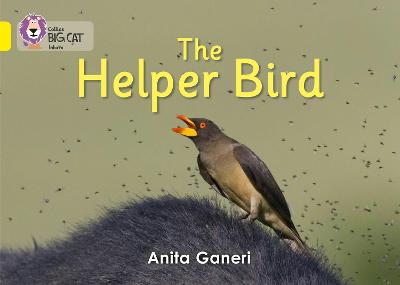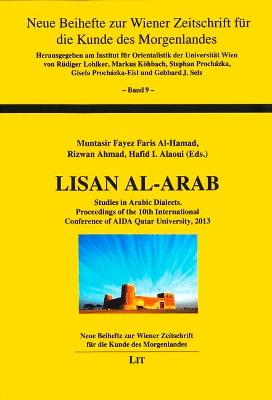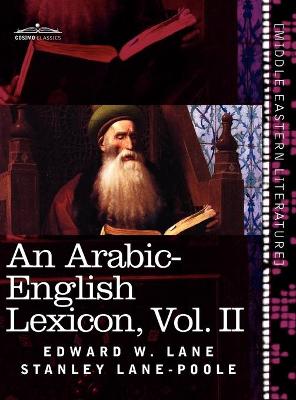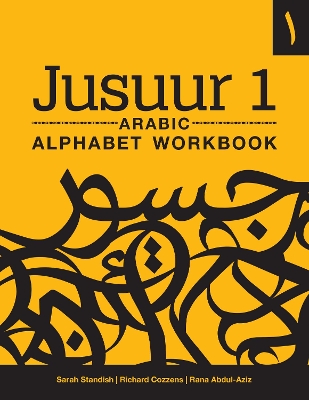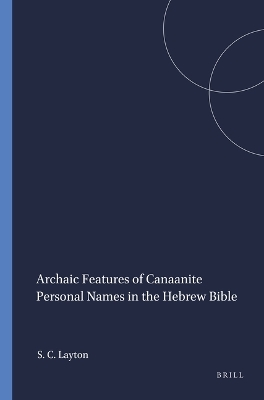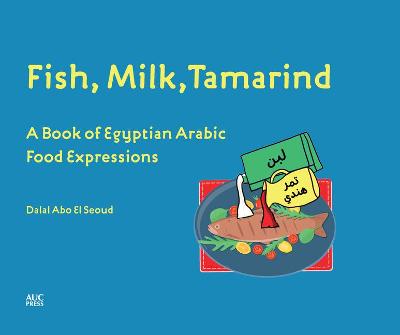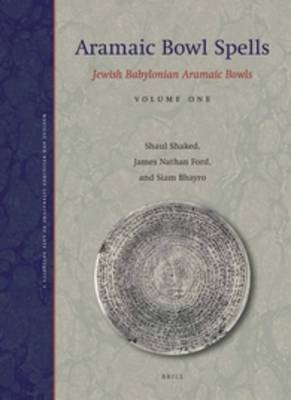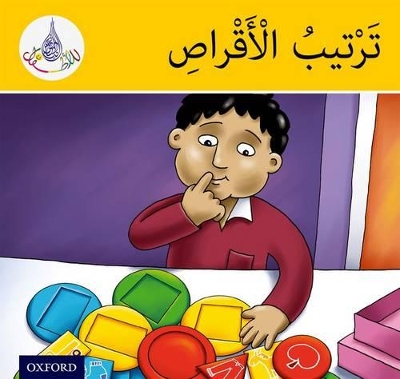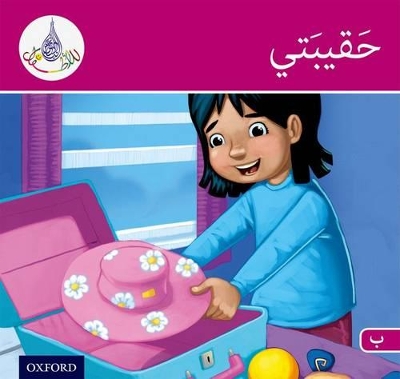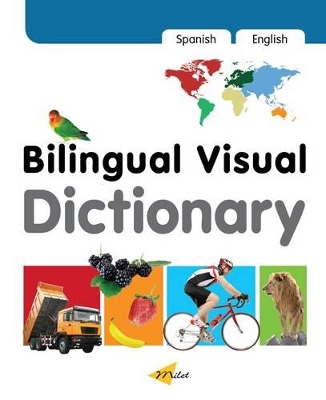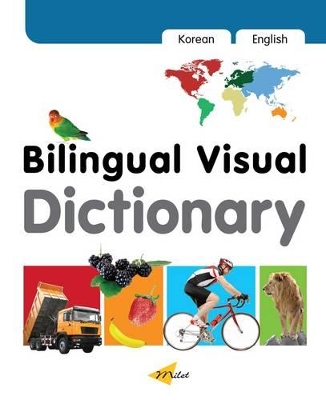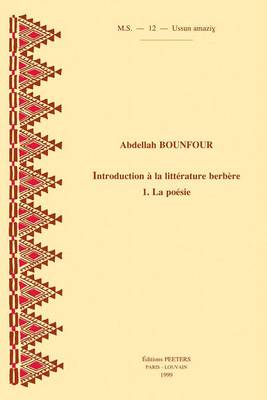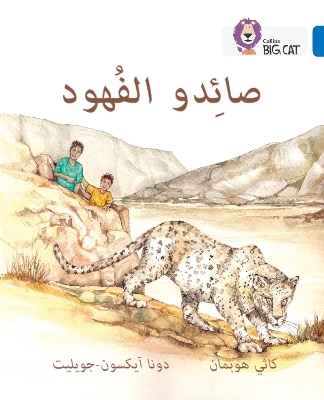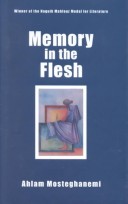The Mountain Goat (Collins Big Cat Arabic Reading Programme)
by Vivian French
Collins Arabic Big Cat is a guided reading series for ages 3 to 11. The series is structured with reference to the learning progression of Arabic at nursery and primary schools researched especially for Collins. This carefully graded approach allows children to build up their reading knowledge of Arabic step by step. Level 13 books feature longer and more complex sentence structures. Sentences make use of a wide range of stylistic features which reflect progression in the teaching of A...
Animal Migration (Collins Big Cat Arabic Reading Programme)
by Deborah Chancellor
Collins Arabic Big Cat is a guided reading series for ages 3 to 11. The series is structured with reference to the learning progression of Arabic at nursery and primary schools researched especially for Collins. This carefully graded approach allows children to build up their reading knowledge of Arabic step by step. Level 13 books feature longer and more complex sentence structures. Sentences make use of a wide range of stylistic features which reflect progression in the teaching of A...
Words and Sounds Big Book (Collins Big Cat Arabic Reading Programme)
Collins Arabic Big Cat is a guided reading series for ages 3 to 11. The series is structured with reference to the learning progression of Arabic at nursery and primary schools researched especially for Collins. This carefully graded approach allows children to build up their reading knowledge of Arabic step by step. Level 2 books introduce simple one- and two-syllable words for children to read based on key syllables and phonic patterns. Word pairs are shown in very short co...
Helper Bird (Collins Big Cat) (Collins Big Cat Arabic Reading Programme)
by Anita Ganeri
This little bird may be small, but it's very helpful to bigger animals. This photographic non-fiction book shows how the bird is able to help the larger animals around it, set against the stunning backdrop of Africa. Yellow/Band 3 books offer varied sentence structure and natural languageChildren can recap the different ways the bird can help other animals on pages 14-15.Text type: A simple non-fiction bookCurriculum links: Citizenship: Animals and usThis book has been quizzed for Acce...
The Sultan's Sex Potions
by Nasir Al-Din Al-Tusi and Nasir al-Din al-Tusi,Muhammad ibn Muhammad
Arabic erotic literature has a long and rich history, which goes back as far as the ninth century. Far from being the pursuit of prurient pornographers, eroticism and sexuality received considerable attention from scholars. Written by Nasir al-Din al-Tusi (1201 - 1274), one of the leading scientists of the age, 'The Sultan's Sex Potions' is part of a relatively small group of works devoted to aphrodisiacs, as well as sexual stimulants, sexual practices and positions. Sober and measured in tone,...
Lisan Al-Arab, 9 (Neue Beihefte Zur Wiener Zeitschrift Fur die Kunde Des Morge, #9)
An Arabic-English Lexicon (in Eight Volumes), Vol. II
by Edward W Lane and Stanley Lane-Poole
Archaic Features of Canaanite Personal Names in the Hebrew Bible (Harvard Semitic Monographs, #47)
by Scott C. Layton
Aramaic Bowl Spells (Magical and Religious Literature of Late Antiquity, #1)
by Shaul Shaked, James Nathan Ford, and Siam Bhayro
The corpus of Aramaic incantation bowls from Sasanian Mesopotamia is perhaps the most important source we have for studying the everyday beliefs and practices of the Jewish, Christian, Mandaean, Manichaean, Zoroastrian and Pagan communities on the eve of the Islamic conquests. The bowls are from the Schøyen Collection, which has some 650 texts in different varieties of Aramaic: Jewish Aramaic, Mandaic and Syriac, and forms the largest collection of its kind anywhere in the world. This volume pre...
The Arabic Club Readers: Yellow Band: Arranging the discs (The Arabic Club Readers)
by Rabab Hamiduddin, Amal Ali, Ilham Salimane, and Maha Sharba
The Arabic Club Readers are series of banded, colourful and fun books for young learners of Arabic, designed to nurture confidence and motivation.
The Arabic Club Readers: Pink B Band: My Suitcase (The Arabic Club Readers)
by Rabab Hamiduddin, Amal Ali, Ilham Salimane, and Maha Sharba
The Arabic Club Readers are series of banded, colourful and fun books for young learners of Arabic, designed to nurture confidence and motivation.
Birds (Collins Big Cat Talking Books) (Collins Big Cat Arabic Reading Programme)
by Jilly Macleod
Collins Big Cat Phonics is a guided reading series for ages 4-6 edited by Kay Hiatt. Top children's authors and illustrators have created fiction and non-fiction books that your children will love to read, banded to help you choose the right book for every child. Practical ideas for guided reading are included at the back of each book. From sea birds to woodland birds – this engaging talking book introduces children to a wide variety of birds from around the world. Phonics Ta...
A resource for young learners, this series of bilingual visual dictionaries comes in a CD-ROM format to help children add to their vocabulary. Useful, everyday words are grouped into subjects so that children can focus on one set of related words at a time, while games such as word searches, jumbles, and matches help make learning fun. By clicking on a picture, users can hear the word pronounced in two languages, making this an ideal learning tool for both individual use and classroom settings.
A resource for young learners, this series of bilingual visual dictionaries comes in a CD-ROM format to help children add to their vocabulary. Useful, everyday words are grouped into subjects so that children can focus on one set of related words at a time, while games such as word searches, jumbles, and matches help make learning fun. By clicking on a picture, users can hear the word pronounced in two languages, making this an ideal learning tool for both individual use and classroom settings.
Cet ouvrage est le premier d'un triptyque. Il a pour objectif de faire le tour des questions litteraires importantes de la poesie berbere. C'est ainsi que sont abordes: 1. Les genres poetiques: on aborde des themes de terminologie autochtone quant a la nomination generique de la poesie et a ses genres. 2. L'aspect traditionnel et moderne: on etudie a la fois les traits caracteristiques generaux de la production orale et de la production ecrite recente (performance, langue poetique, fonction du...
The Leopard Poachers (Collins Big Cat Arabic Reading Programme)
by Kathy Hoopman
Collins Arabic Big Cat is a guided reading series for ages 3 to 11. The series is structured with reference to the learning progression of Arabic at nursery and primary schools researched especially for Collins. This carefully graded approach allows children to build up their reading knowledge of Arabic step by step. Level 16 books offer more complex, underlying themes that give opportunities for children to understand causes and points of view. A wide range of language structures is u...
This novel, written originally in Arabic, takes the reader through the emotional and political upheavals that beset Algeria from the 1940s to the 1980s by following the paths of two of the emerging nation's new leaders, the one a militant artist, the other a young fiction writer.
This Journal belongs to an Awesome Montessori Teacher
by Workplace - Wonders
Collins Arabic Big Cat is a guided reading series for ages 3 to 11. The series is structured with reference to the learning progression of Arabic at nursery and primary schools researched especially for Collins. This carefully graded approach allows children to build up their reading knowledge of Arabic step by step. Level 8 books are becoming more complex, although still strongly patterned but to a lesser extent than level 7. Although the focus remains on vowelling to aid the flow of...


